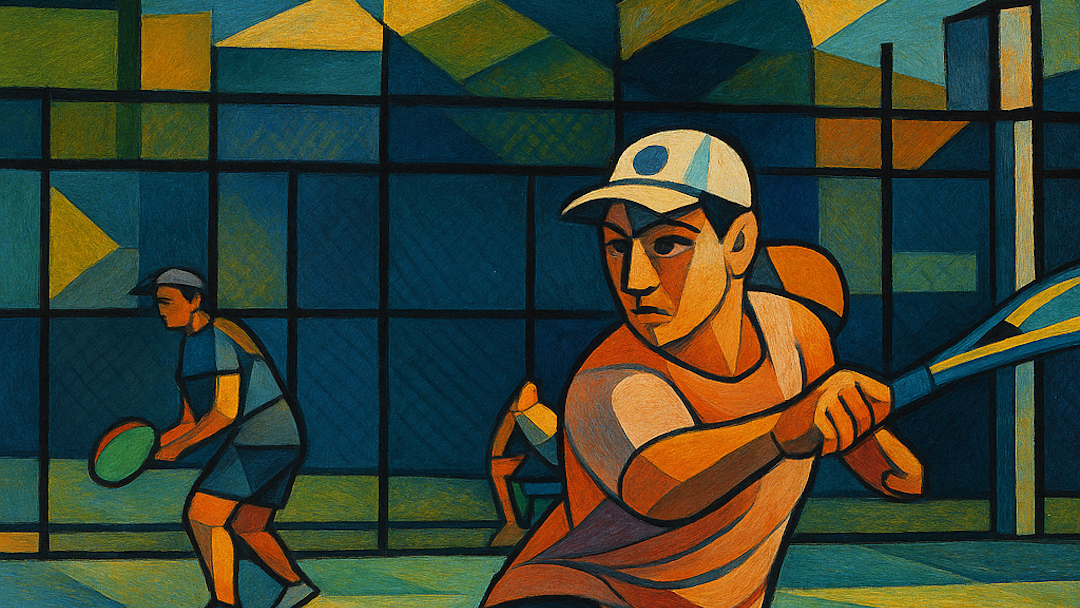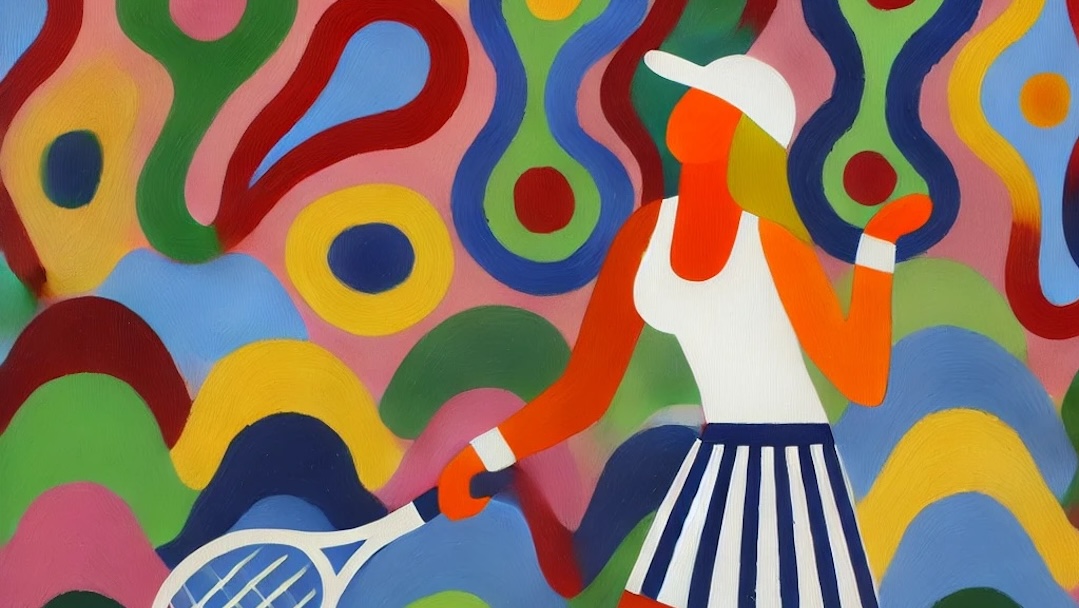Tennis Hits the Books
Last week in “Tennis Literary Time Machine: 1980 USTA Publications” I waxed nostalgic about coming across a list of books that one could order from the USTA. I commented at the time that I had several of the titles in that list in my possession. One such example is “Tennis: The Bassett System” by Glenn Bassett.
Glenn Bassett is a legendary college tennis coach who won four NCAA team championships at UCLA before this book was published. Subsequently he won another three. At the time his book was written he was known for coaching both and Arthur Ashe at UCLA. In fact, Jimmy Connors is pictured on the cover.
With these older books, I generally skip over instruction on how to hit various strokes, which in this case means I largely ignored the first three chapters. However, the latter chapters contain insight and wisdom on competing in tennis. This was largely what prompted me to snatch this title up from a used book store a couple of years ago.
“Position and Footwork” is an area that Bassett claimed to consistently find as one of the more troublesome areas for players that he coached. He is critical of the concept that there is a singluar “best” place for positioning on the court. Rather what is promoted in the book is that players need to learn their own best position on the court relative to their own strengths.
I have recently noticed that you can see modern evidence of of the evolution of court position. During the wooden racquet era, which is when Basset’s book was published, by the end of a grass court tournament you can see a worn path from the baseline straight up to the net that was smack dab in the center of the court. This is because the strategy on grass at the time was to serve and volley to avoid having to play balls off the bounce.
If you watch the finals of Wimbledon today, the worn path to the net still exists, though it is slightly fainter because players are more willing to play from the baseline. The worn path to the net is no longer smack dab up the center, but shaded over slightly to the left. This is because the predominately right handed players are shading over to favor their forehand side.
Bassett also spends some time on the concept he tags as “eye-foot coordination.” This would now be called anticipation or sometimes more fashionably recognition. He provides a framework for improving the visual alertness required to be where you need to be when the ball arrives.
There is also a lot of great information in this book about how to construct effective practice sessions and specific preparation for tournaments. This includes both physical and mental preparation. On the mental side his advice ranges from planning out match tactics to simply getting in the right frame of mind. This was fairly ground-breaking stuff when this book was originally published.
The conclusion of the book is the icing on the cake. The final section is titled “How To Win Even If You Lose.” In that section, Basset lays out the case that sometimes losing is better than wining and the most important part is to constantly grow and improve as a player.
That is a journey I can fully embrace.
- Bassett, Glenn, (1977) Tennis: The Bassett System, Henry Regnery Company



